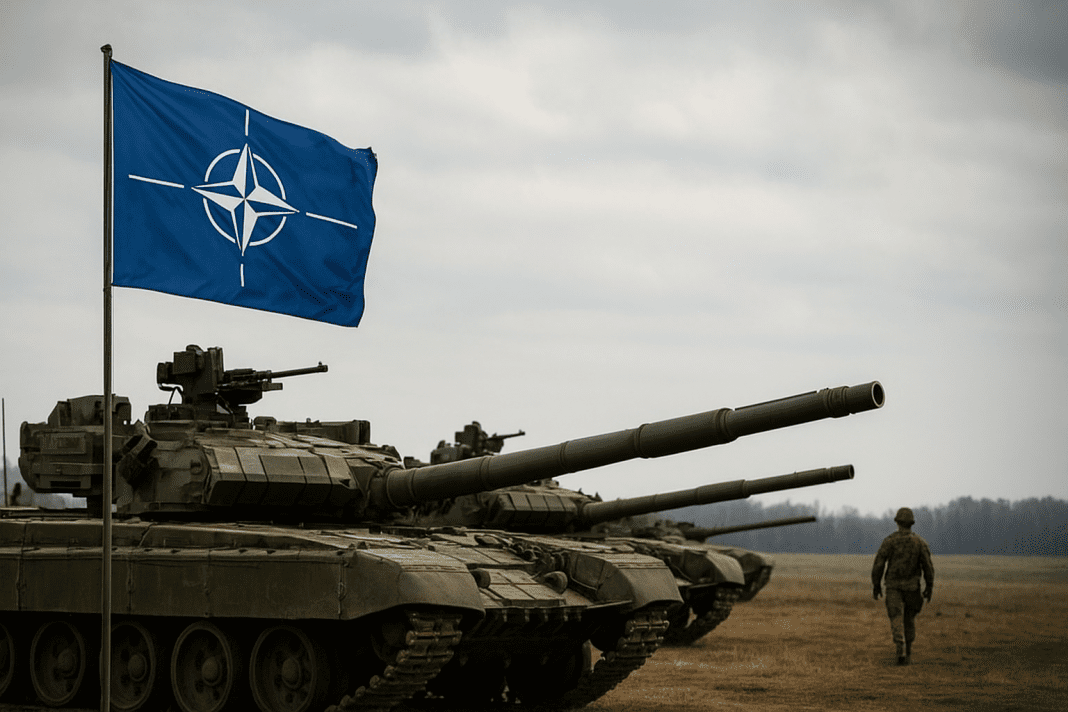The United States is preparing to release three crucial strategic policy documents that could reshape global defense priorities. These include the National Security Strategy (NSS), the National Defense Strategy (NDS), and the Global Force Posture Review. Together, they outline the US’s security goals, the role of the Department of Defense in achieving them, and the deployment of US troops worldwide.
US Strategic Shifts and Their Security Implications
The NDS is expected to place the US homeland, including its borders, skies, and key regions like Greenland and the Panama Canal, at the top of its priority list. China will also remain a major focus. Europe, by comparison, is likely to rank lower, possibly fourth in priority, after the Middle East. Some discussions have even suggested merging US European and African commands to streamline operations.
The Pentagon is already allocating additional funding for projects like nuclear modernization, shipbuilding, and the Golden Dome project. These investments anticipate potential conflicts in the Indo-Pacific region. Analysts say this shows a clear hierarchy of US defense priorities, with Europe receiving relatively less attention.
Pentagon pours $68.4M into nuclear missile upgrade as Draper takes helm of Trident II guidance
A significant part of the NDS will also focus on encouraging allies to take on a larger share of defense responsibilities. In Europe, NATO members have pledged to spend at least 3.5 percent of their GDP annually on defense by 2035, alongside 1.5 percent for critical infrastructure and resilience measures. Some US experts have even suggested ‘burden shifting,’ where the US would withdraw ground troops from Europe while maintaining control over nuclear capabilities. This could leave Europe responsible for conventional defense and security against external threats.
US Troop Presence and Potential Security Changes
Currently, around 65,000 US troops are stationed permanently in Europe. A large-scale reduction of these forces is considered unlikely in the short term. Analysts highlight two main reasons. First, a major withdrawal could weaken US leverage over European nations and increase risks of nuclear proliferation. Second, moving troops and their families back to the US would require massive investments in military infrastructure and extensive negotiations with host countries over bases, ports, and other facilities.
However, there could be reductions in the enhanced rotational presence of US forces, particularly along NATO’s eastern flank. Approximately 20,000 additional troops were deployed in 2022 following heightened tensions with Russia. These rotations, which are easier to adjust, could be scaled back under future US administrations.
Trump threatens NATO with ultimatum: no unity, no sanctions on Russia
In addition, security assistance funds, particularly those designated for the Baltic states, may be reduced. The Pentagon has already announced cuts amounting to $580 million in defense spending. Any reduction in US presence or support sends a signal to Moscow, potentially affecting European security calculations. European nations currently rely on the US as a deterrent against Russian aggression. Maintaining US engagement in Europe remains a priority to ensure credible security guarantees.
Europe’s Need to Strengthen Defense Capabilities
Europe faces a clear need to rapidly strengthen its own defense capabilities and security systems. The continent’s current dependency on the US spans several critical areas. Intelligence, reconnaissance, satellite observation, communications, and command capabilities are all heavily reliant on American support. Europe also depends on the US for advanced means to suppress and destroy enemy air defenses.
Air defense is another area of concern. Recent incidents have exposed gaps, such as NATO having to fire costly F-35 missiles at decoy drones during an incursion in Poland. This highlights Europe’s limited ability to respond independently to aerial threats and maintain security. Other requirements include cruise missiles, anti-drone weapons, and modernized defense infrastructure.
Building a stronger defense-industrial base is also essential. Recruiting military personnel, reinforcing critical infrastructure, and creating resilient societies are key steps to reduce reliance on external support and strengthen security. For Europe, self-reliance in defense is not just about military hardware. It includes developing systems to monitor and respond to threats effectively, maintaining readiness, and ensuring that civilian and military systems can operate under pressure to guarantee security.
The combination of US strategic realignment and Europe’s current dependencies underscores the urgency for the continent to enhance its own security measures. Without sufficient capabilities, Europe remains vulnerable to external threats and over-reliant on transatlantic support. Strengthening national defense, modernizing forces, and improving resilience are immediate priorities for European countries to maintain security in an evolving global landscape.

